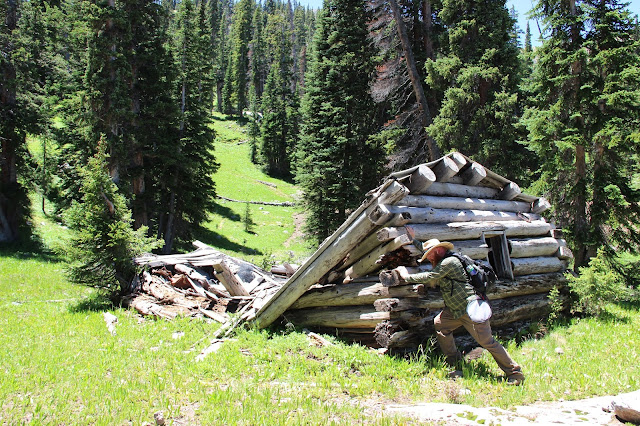On Thursday, we toured Browns Park National Wildlife Refuge
with Steve Barclay, Refuge Manager, Andrew Pettibone, Biologist and Rachael
Portwood, Refuge Manager Trainee. While we were visiting, an international
class from Colorado State University had also stopped at the refuge. The class
consisted of protected area managers from 14 different countries in Central and
South America. It was very interesting to hear some of their questions for
Steve.
Browns Park is 13,000 acres in size and was founded in 1965
to mitigate the effects of the Flaming Gorge Dam that was installed upriver on
the Green River. Since
the dam was installed, the wetlands no longer flood naturally, so water is
pumped into the wetlands in the spring and sometimes in the fall to provide
habitat for migratory birds. The wetlands are also burned periodically, allowed
to dry out and then disced with a tractor in order to break up the roots of aggressive
wetland species such as bulrush and cattails. This treatment favors a more open
wetland of grasses and sedges.
Much work is done with cottonwood restoration at the refuge.
Cottonwood nurseries are created by flooding and scarifying an area, then
shaking the seed onto the bare ground. After about five years, the trees are
transplanted into a hole drilled by an auger 6-8 feet deep in order to plant
the tree as close to the water table as possible.
The refuge had some interesting historical sites, including
the well-maintained Old Ladore schoolhouse built around 1911.
After our tour, we explored Irish Canyon, an area to the
north on BLM land. The limestone contained in the canyon provides a favorable
habitat for rare plants. We were particularly excited to see Penstemon yampaensis.

















































